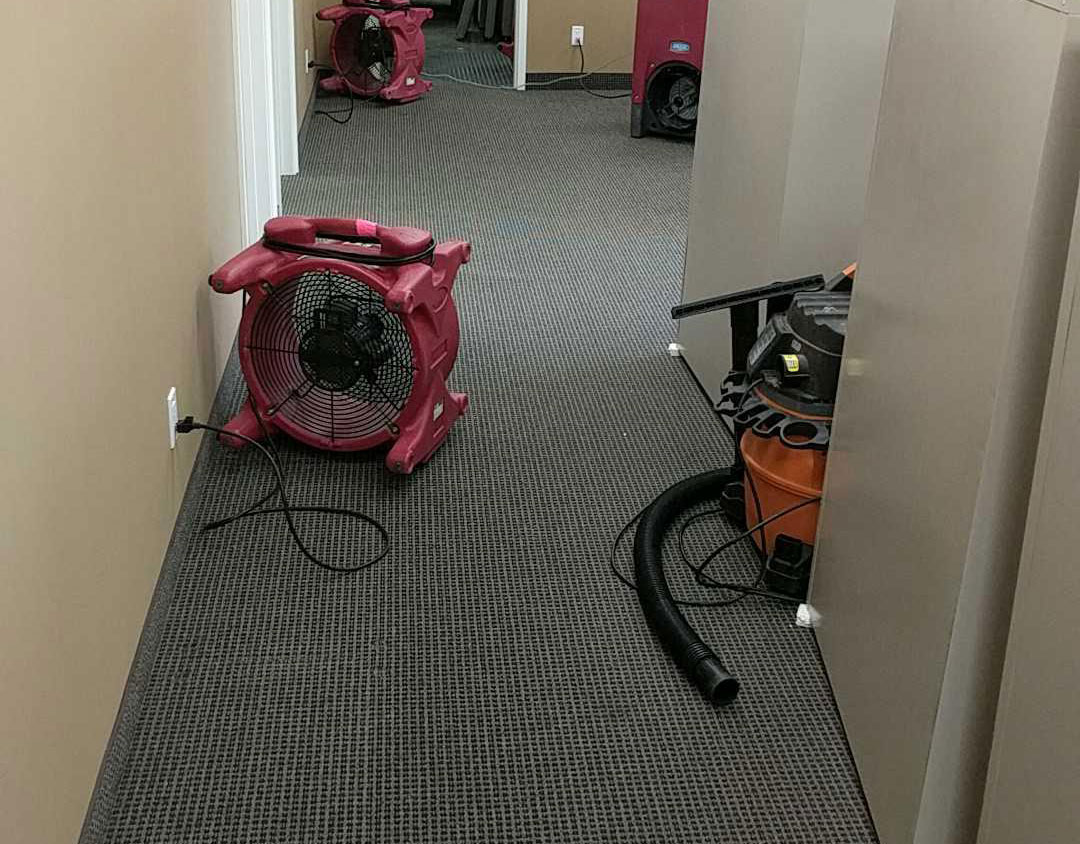
Hurricanes are the most destructive natural disasters in the U.S. and preparing for them is your best bet to stay safe and protect your property. Check out how to prepare for hurricanes and what to do during and after one.
Before the Hurricane
- Create an emergency kit which includes provisions for at least three days. Include medication for anyone who needs it, as well as pet supplies.
- Learn your area’s flooding risk and community hurricane evacuation routes.
- Create a family evacuation plan. Determine a meeting place for your family and routes to get there. Plan how to get in touch with your family if separated. Plan where you’ll go if you must evacuate, such as a shelter.
- If you don’t have flood insurance, get one now. Regular homeowners insurance policies don’t cover flood damage.
- Store copies of important documents, such as proof of ownership of any property in your emergency kit.
- Back up the data on your electronic devices to ensure it’s secure if your computer or other devices are damaged during the hurricane.
- Secure your property:
-
- Fasten your roof with straps or clips to reduce damage.
- Prune trees and shrubs in your yard for more wind resistance.
- Clean and maintain your rain gutters and downspouts.
- Reinforce your garage door to make it withstand powerful winds.
- Get an electricity generator to run essential appliances if the power goes out.
- Learn how to shut off the power and gas to your home.
-
- When a storm is hours from arriving:
- Ensure your car in good working condition and fill up the gas tank. If you’re going to evacuate, stock your vehicle with emergency supplies.
- Bring light objects, such as patio furniture inside. These could be blown away by high wind. Also anchor objects that would be unsafe to bring inside, like propane tanks.
- Cover your windows with permanent storm shutters or board them up with 5/8” exterior grade or marine plywood.
- Charge your cell phone to have a full battery if the power goes out. A
- Turn your refrigerator to the coldest setting so that food lasts longer during a power outage.
- Be alert for the latest weather updates and emergency instructions.
During the Hurricane
- If authorities advise or order you to evacuate your area, take your emergency kit and leave immediately. Strictly follow posted evacuation routes and do not try to take shortcuts.
- If you didn’t receive an evacuation notice, stay indoors and away from windows and glass doors. Seek shelter on the lowest level in an interior room.
- Never use gasoline-powered or charcoal-burning devices inside to prevent carbon monoxide poisoning. Keep those devices outside.
- If trapped in a building that’s flooding, go to the highest level. However, don’t climb into a closed attic as rising flood water may trap you.
After the Hurricane
- Listen to authorities for information and special instructions.
- Never walk or drive on flooded roads or through water. Just six inches of fast-moving water can knock you down, and one foot of moving water can sweep your vehicle away. Floodwater may also can contain contaminants, dangerous debris or downed power lines.
- Enter a damaged building only after the electrical system, gas lines, and plumbing have been inspected for damage.
- Take photos of any property damage and contact your insurance company for assistance. Wear protective equipment such as gloves, safety glasses, rubber boots, and masks when inspecting your home.
- Don’t touch wet electrical equipment, more so if you’re standing in water.
- Throw out food that has been exposed to floodwaters or have not been maintained at a proper temperature. When in doubt, throw it out.
- Don’t drink tap water if you’re not sure it’s safe.
After a flooding incident, everything that got wet in your property must be dried, cleaned, and disinfected immediately. For water removal services and mold cleaning services, contact your local PuroClean office.



 PuroClean of North Nashville
PuroClean of North Nashville